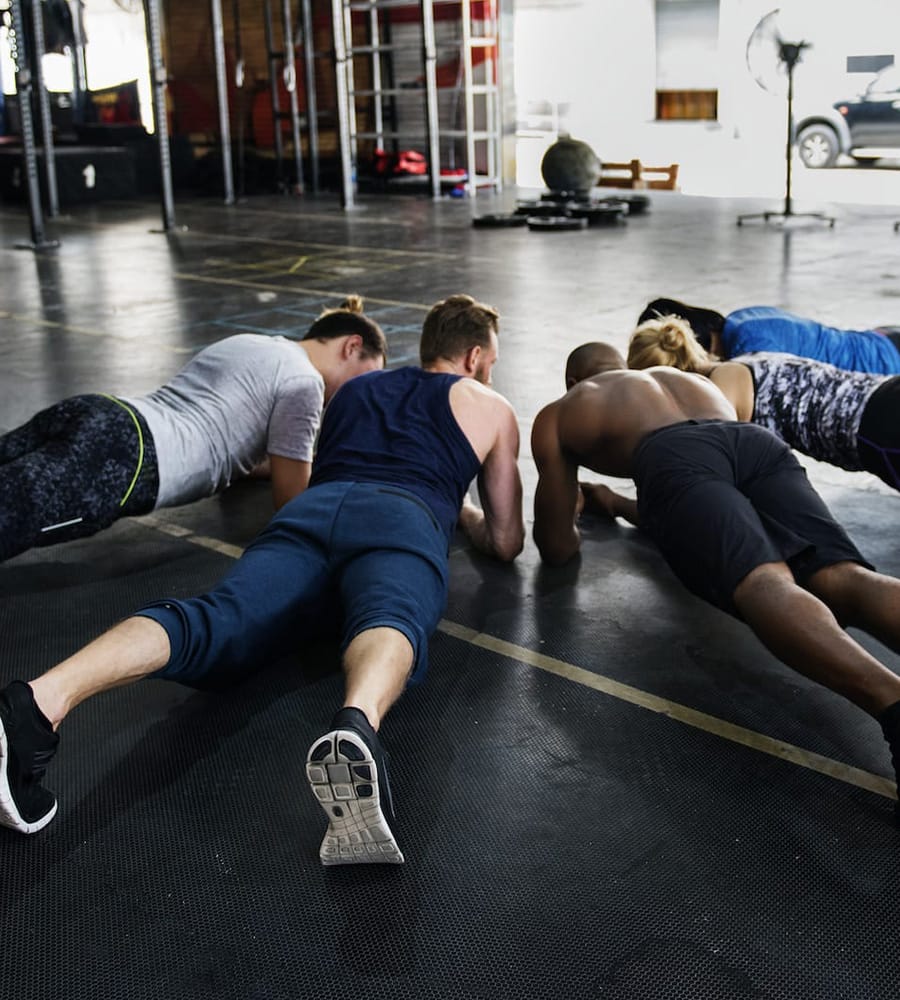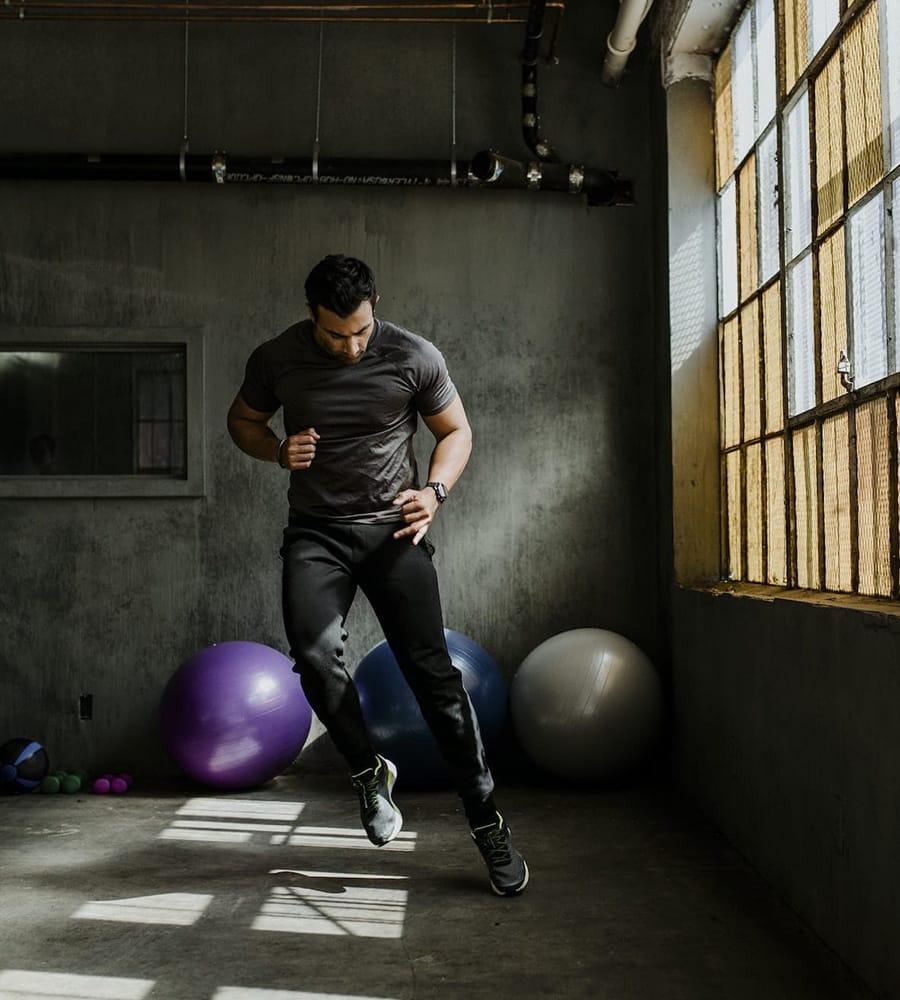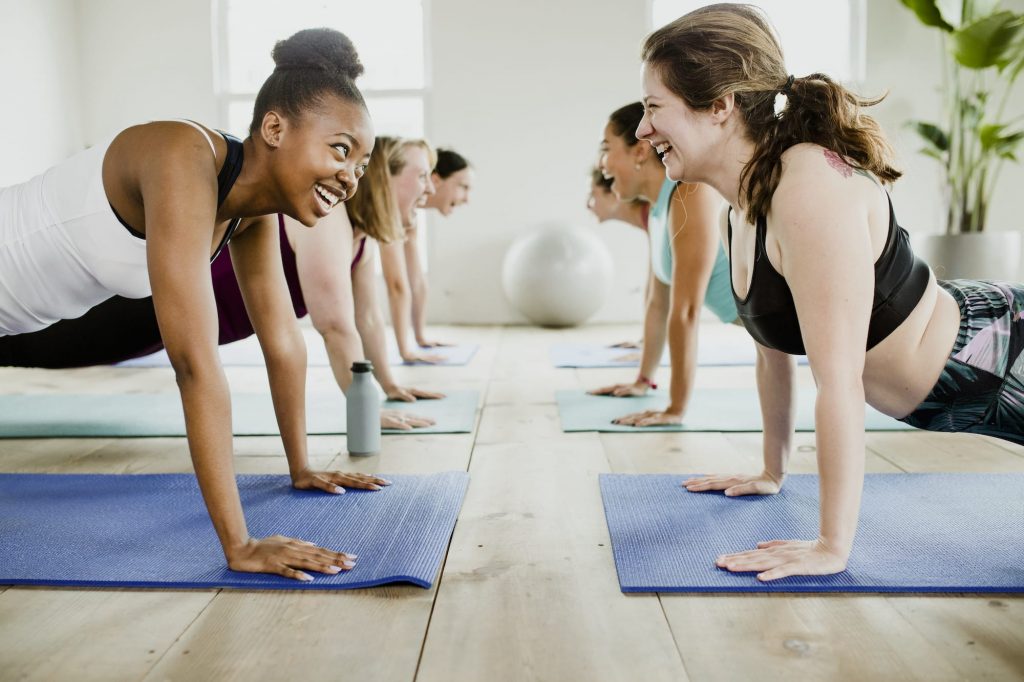Fibromyalgia is more than just chronic pain—it’s a complex condition marked by widespread muscle tenderness, fatigue, stiffness, sleep disturbances, cognitive difficulties, and emotional distress. Physiotherapists often recommend exercise as a core part of treatment, but what kind of exercise works best?
A 2019 Cochrane systematic review by Kim et al. explored one such exercise modality: flexibility training. Here’s what you need to know.
🌿 What Is Flexibility Exercise Training?
Flexibility exercises involve moving joints through their full range of motion, targeting major muscle-tendon units. These typically include static stretching, dynamic movements, and sometimes proprioceptive neuromuscular facilitation (PNF) techniques. They’re commonly incorporated into yoga, Pilates, and even warm-up routines.
🔍 The Research: What Does the Evidence Say?
Kim and colleagues reviewed 12 randomized controlled trials involving 743 adults with fibromyalgia. Participants engaged in flexibility exercises compared with aerobic training, resistance training, control groups, or alternative therapies like Tai Chi and Pilates.
- Key Findings:
- Health-Related Quality of Life (HRQoL): No significant improvement with flexibility exercises compared to aerobic exercises.
- Pain Intensity: Slightly worse outcomes in flexibility group vs. aerobic group, but not clinically meaningful.
- Fatigue: Flexibility training had similar effects as aerobic exercises.
- Stiffness: Notably improved with flexibility exercises—but only based on one small study.
- Physical Function: No major improvements noted.
- Depression and Tenderness: No strong effects observed.
- Adverse Events: Very few reported, indicating that flexibility training is generally safe.
💡 What Does This Mean for Physiotherapy Practice?
While flexibility exercises are safe and may help reduce stiffness, their effects on other symptoms like pain and fatigue are less certain compared to aerobic training.
However, they’re still valuable—especially when:
- Used as complementary to aerobic and resistance training.
- Tailored to individual comfort and ability.
- Incorporated into a holistic physiotherapy plan that also includes education, pacing strategies, and lifestyle support.
🧘♀️ Practical Tips for Patients with Fibromyalgia
If you’re dealing with fibromyalgia:
- Start slow—static stretches held for 20–30 seconds, 2–3 times a week is a good starting point.
- Include both upper and lower body stretches.
- Use flexibility training as a warm-up or cool-down around more active exercises.
- Listen to your body—stop if pain worsens significantly.
📌 Final Thoughts
Flexibility training may not be a “magic bullet” for fibromyalgia, but it plays a supporting role in symptom management—especially when stiffness is a major complaint. As a physiotherapist, including flexibility in a multidisciplinary and individualized program is a wise move.
“Exercise training is the cornerstone of treatment for fibromyalgia. The key is personalization, patience, and progression.” – Kim et al., 2019











